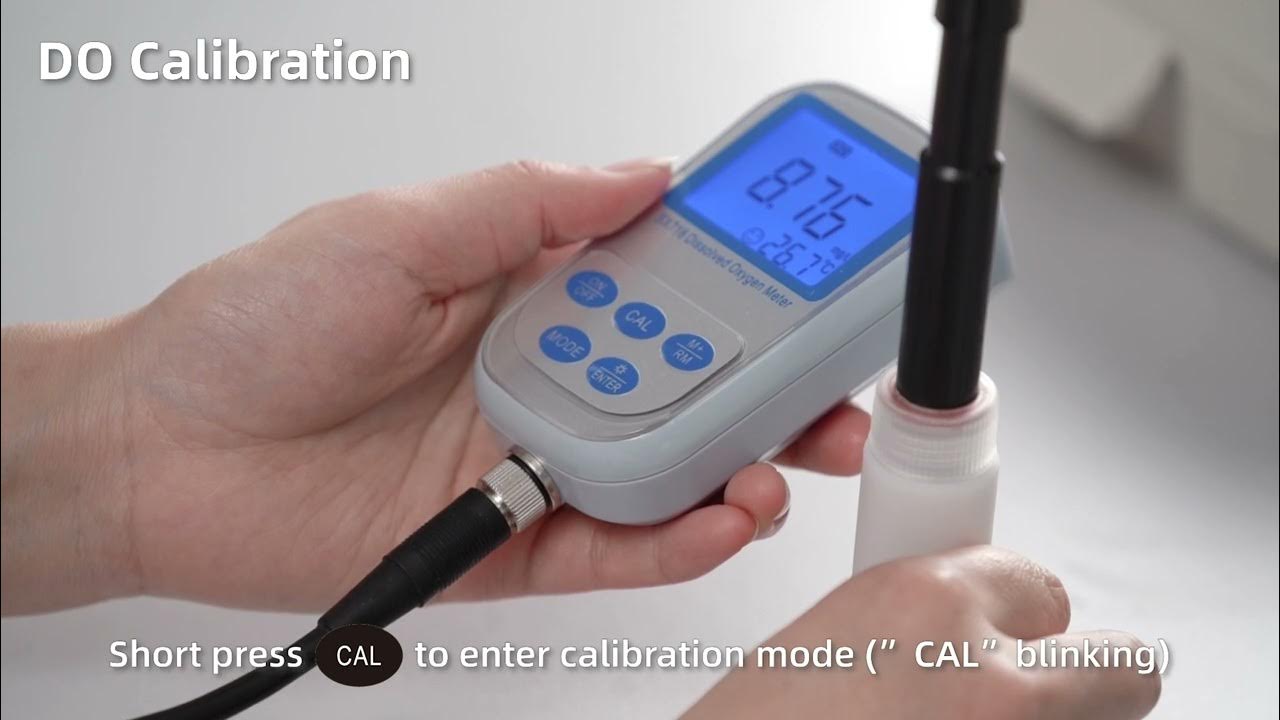UV Vis spectroscopy 🌟
Summary
TLDRThis instructional video guides viewers through the operation of a UV-visible spectrophotometer, emphasizing the importance of proper cuvette handling and calibration. It covers necessary apparatus, step-by-step setup for blank and sample measurements, and data collection processes. Key techniques include rinsing cuvettes, ensuring clean transparent sides, and configuring the machine for accurate readings. The video highlights how to interpret the resulting spectrum and absorbance values, culminating in a printed datasheet that reflects the maximum absorbance. This comprehensive guide is essential for anyone looking to effectively utilize spectrophotometry in laboratory settings.
Takeaways
- 🔬 The video demonstrates how to use a double beam UV-visible spectrophotometer.
- 💡 The on/off switch for the spectrophotometer is located on the right side of the instrument.
- 🧪 Essential apparatus includes a solvent bottle, a weighing scale, glass cuvettes, and a volumetric flask with the solution.
- 📏 There are three types of cuvettes: plastic, glass, and quartz, each with specific features for UV or visible light measurement.
- 🚫 The opaque sides of the cuvette should be held, while the transparent sides allow light to pass through.
- 📊 A blank solution must be scanned and auto-zeroed, using just the solvent in both the reference and sample cuvettes.
- 🧼 Rinsing the cuvettes with the solvent ensures accurate measurements without contamination.
- 🔄 It is crucial to rinse the cuvette with the sample solution multiple times to avoid dilution from solvent remnants.
- 📈 The spectrophotometer will display a graph showing absorbance from 800 nm to 400 nm, indicating peak absorption.
- 🖨️ Results, including maximum absorption wavelength and absorbance value, can be printed for data documentation.
Q & A
What type of spectrophotometer is being discussed in the video?
-The video discusses a double beam UV-visible spectrophotometer.
Where is the on/off switch located on the spectrophotometer?
-The on/off switch is located on the right side of the spectrophotometer.
What apparatus is needed for the spectrophotometer setup?
-You need a solvent bottle, a waste beaker, a pair of glass cuvettes, and a volumetric flask containing your solution.
What is the purpose of the cuvette in the measurement process?
-The cuvette holds the sample for measurement, allowing light to pass through it for analysis.
How should the cuvette be oriented when placed in the spectrophotometer?
-The transparent sides of the cuvette should be oriented in the east-west direction.
Why is it important to clean the transparent sides of the cuvette?
-Cleaning the transparent sides is crucial to prevent fingerprints, grease, or droplets from refracting the light and affecting the measurements.
What is the purpose of the blank solution in the measurement process?
-The blank solution is used for auto zeroing to ensure that the absorbance measurements are accurate and not affected by the solvent.
What is the recommended scan range for the spectrophotometer?
-The recommended scan range is from 800 to 400 nanometers.
What should you do after inserting the sample cuvette?
-After inserting the sample cuvette, you should close the lid and press the Auto Zero button.
How is the maximum absorption wavelength determined in the process?
-The maximum absorption wavelength is identified by observing the peak on the spectrum after starting the scan.
Outlines

Cette section est réservée aux utilisateurs payants. Améliorez votre compte pour accéder à cette section.
Améliorer maintenantMindmap

Cette section est réservée aux utilisateurs payants. Améliorez votre compte pour accéder à cette section.
Améliorer maintenantKeywords

Cette section est réservée aux utilisateurs payants. Améliorez votre compte pour accéder à cette section.
Améliorer maintenantHighlights

Cette section est réservée aux utilisateurs payants. Améliorez votre compte pour accéder à cette section.
Améliorer maintenantTranscripts

Cette section est réservée aux utilisateurs payants. Améliorez votre compte pour accéder à cette section.
Améliorer maintenantVoir Plus de Vidéos Connexes
5.0 / 5 (0 votes)






